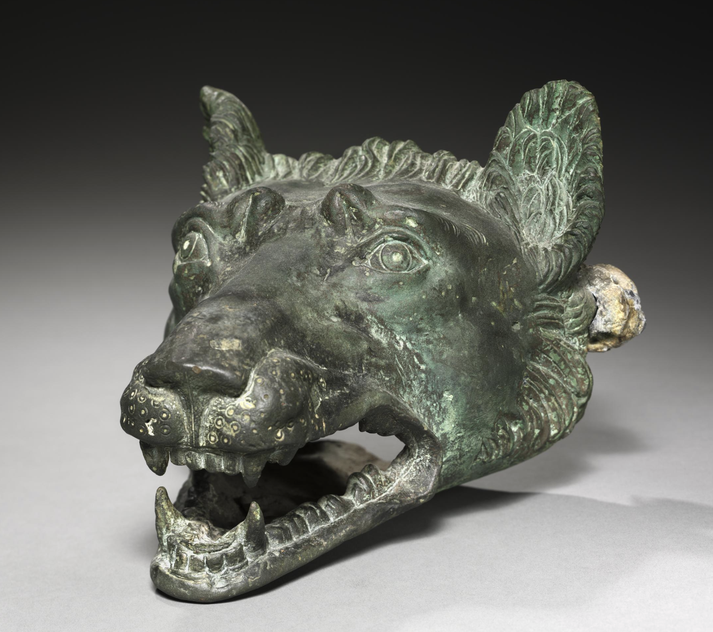Why Romulus killed Remus: The violent murder at the dawn of Rome's history

Every great empire has its own founding story that explains how it became successful later. Many of these stories focus on noble deeds and heroic acts.
Unlike these tales, Rome told a story of family betrayal and cruel murder, which leaves today’s readers with more questions than answers.
But, what could make brothers turn against each other?
The historical context of the tale
The story of Rome’s founding dates to the 8th century BCE, when the Italian peninsula was a mix of new settlements and cultures.
At that time, central Italy saw conflicts among tribes such as the Latins, Etruscans and Sabines, who set up territories and communities that would help to form future city-states, including Rome.
The traditional date for Rome’s founding, April 21, 753 BCE, comes from the Roman historian Livy and the scholar Varro.
Although direct evidence for the twins is lacking, digs and research show that people did settle in early Rome during this period.
Supporting this, archaeological discoveries on the Palatine Hill show signs of people who lived there in the 8th century BCE.
These include the remains of huts and defences that match the traditional date of Rome’s start.

The story of their birth and childhoods
The story begins with King Numitor of Alba Longa. Soon after, he lost his throne when his brother Amulius took power.
To protect his rule, Amulius had Numitor’s sons killed and made his niece Rhea Silvia serve as a vestal virgin so she could not have children who might claim the throne.
During her service, the god Mars was attracted to Rhea Silvia and became father to Romulus and Remus.
When Amulius learned of the twins, he ordered them to be thrown into the Tiber River to get rid of the threat. In that moment, the river carried them to safety.
A she-wolf found them and nursed them until the shepherd Faustulus discovered them.
Under their care, Faustulus and his wife, Acca Larentia, raised the boys and taught them courage and leadership.
Subsequently, they became involved in a fight between shepherds loyal to Numitor and those loyal to Amulius.
During that fight, Remus was captured and taken to Alba Longa. Meanwhile, Numitor recognised Remus as his grandson when he heard his story.
At the same time, Romulus gathered local shepherds to free his brother. A series of events led to Amulius’s removal and Numitor’s restoration.
After their grandfather returned to power, Romulus and Remus planned their own city.
They chose the spot where the she-wolf had fed them, near the Tiber River.
Why did Romulus kill his brother, Remus?
Once they decided to build a new city, the brothers looked for a sign from the gods as they observed birds.
Next, Romulus stood on Palatine Hill; Remus stood on Aventine Hill.
The signs favoured Romulus, so he earned the right to name and rule the new city.
Arguments grew over where to place the city and who would rule it. To resolve this dispute, Romulus began to mark the city's boundaries when he ploughed the land.
However, Remus walked over the freshly ploughed line and made fun of his brother's claim.
This act, whether a joke or an insult, made Romulus very angry.
The details of Remus’s death remain unclear.
Some stories say Romulus killed him himself, while other stories claim that one of Romulus’s followers did it in the heat of the moment.

Is there a much deeper meaning to this story?
The myth of Romulus and Remus influenced Roman identity and linked Romans to a divine purpose, showing the qualities they admired, such as strength and leadership.
After Romulus died, he became the god Quirinus. In this way, his elevation suggested that Rome’s success was part of a plan set by the gods.
People worshipped Romulus to remember the qualities he represented, and this practice reinforced loyalty to the state.
Each year, they held the festival of Parilia to mark Rome’s founding and to bring citizens together.
The killing of Remus adds a difficult element to the myth, revealing that Romans understood that gaining power could have serious moral costs.
Still, the story of Romulus and Remus gave Romans a sense of pride and a shared history.
What do you need help with?
Download ready-to-use digital learning resources
Copyright © History Skills 2014-2025.
Contact via email
With the exception of links to external sites, some historical sources and extracts from specific publications, all content on this website is copyrighted by History Skills. This content may not be copied, republished or redistributed without written permission from the website creator. Please use the Contact page to obtain relevant permission.





